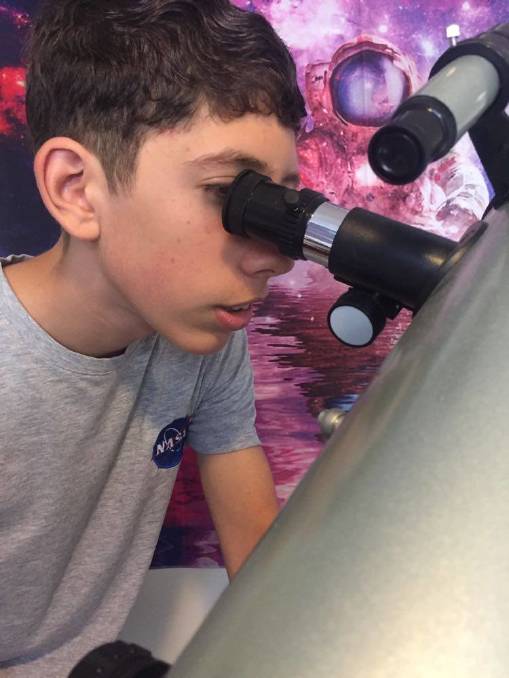SpaceX’s Dragon cargo capsule arrived at the International Space Station early in the morning of March 9, delivering more than 4,300 lbs. (1,950 kgs) of supplies to the orbiting lab.
NASA astronaut Jessica Meir used the station’s huge Canadarm robotic arm to capture Dragon at 6:25 a.m. EDT (1025 GMT).
It was the last-ever capture of a Dragon by the station’s robotic arm. The current mission, the 20th SpaceX has flown under a cargo deal with NASA, is the last for this first version of the SpaceX resupply vehicle. The new iteration will dock directly to the International Space Station (ISS), no arm required, just like SpaceX’s astronaut-carrying Crew Dragon capsule.
“The SpaceX 20 mission is a milestone for several reasons,” Meir said this morning. “It is of course the 20th SpaceX cargo mission, but it is also the last SpaceX cargo vehicle captured by the Canadarm, as future vehicles will automatically dock to the space station. It is also the last cargo vehicle that will visit during our current crew’s time on the space station.”















